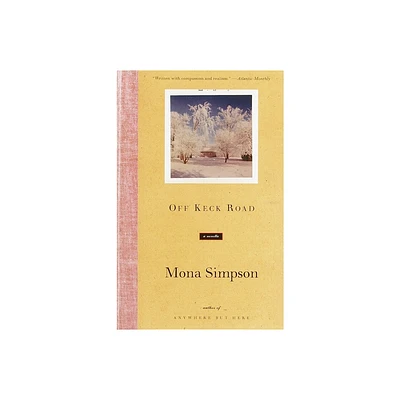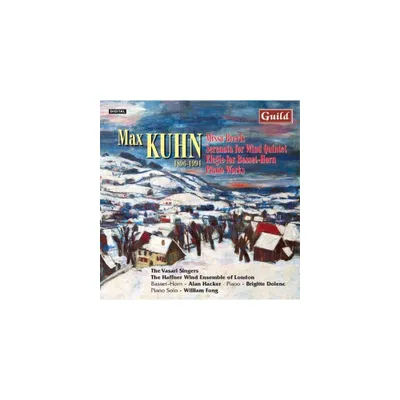Home
Mona Kuhn: Kings Road
Loading Inventory...
Barnes and Noble
Mona Kuhn: Kings Road
Current price: $65.00


Barnes and Noble
Mona Kuhn: Kings Road
Current price: $65.00
Loading Inventory...
Size: OS
*Product Information may vary - to confirm product availability, pricing, and additional information please contact Barnes and Noble
Mona Kuhn’s lyrical and formally daring portrait of the iconic Schindler House in Los Angeles, supplemented with letters, blueprints and more
In
835 Kings Road
, Californian photographer Mona Kuhn (born 1969) reconsiders the realms of time and space within the architectural elements of the Schindler House in Los Angeles. Built by Austrian architect Rudolph M. Schindler in 1922, the house was both a social and design experiment and an avant-garde hub for intellectuals and artists in the 1920s and 1930s.
For this project Kuhn collaborated with the Department of History of Art and Architecture at UC Santa Barbara, and gained access to Schindler’s private archives including blueprints, letters and notes. Alongside reproducing some of these for the first time in this book, Kuhn reinterprets the dichotomy between memory and record in a series of color photos, and solarized gelatin silver prints, a technique favored by the surrealists. The enigmatic subject of her solarized pictures is a fictional, ethereal figure inspired by a letter from Schindler to a mysterious woman.
Kuhn’s impressionistic photos render this female presence physical, even as it seems to be dematerializing: fleeting images that question the very nature of photography as record.
In
835 Kings Road
, Californian photographer Mona Kuhn (born 1969) reconsiders the realms of time and space within the architectural elements of the Schindler House in Los Angeles. Built by Austrian architect Rudolph M. Schindler in 1922, the house was both a social and design experiment and an avant-garde hub for intellectuals and artists in the 1920s and 1930s.
For this project Kuhn collaborated with the Department of History of Art and Architecture at UC Santa Barbara, and gained access to Schindler’s private archives including blueprints, letters and notes. Alongside reproducing some of these for the first time in this book, Kuhn reinterprets the dichotomy between memory and record in a series of color photos, and solarized gelatin silver prints, a technique favored by the surrealists. The enigmatic subject of her solarized pictures is a fictional, ethereal figure inspired by a letter from Schindler to a mysterious woman.
Kuhn’s impressionistic photos render this female presence physical, even as it seems to be dematerializing: fleeting images that question the very nature of photography as record.








![King of the Road [Bear Family]](https://prodimage.images-bn.com/pimages/4000127154774_p0_v1_s600x595.jpg)









